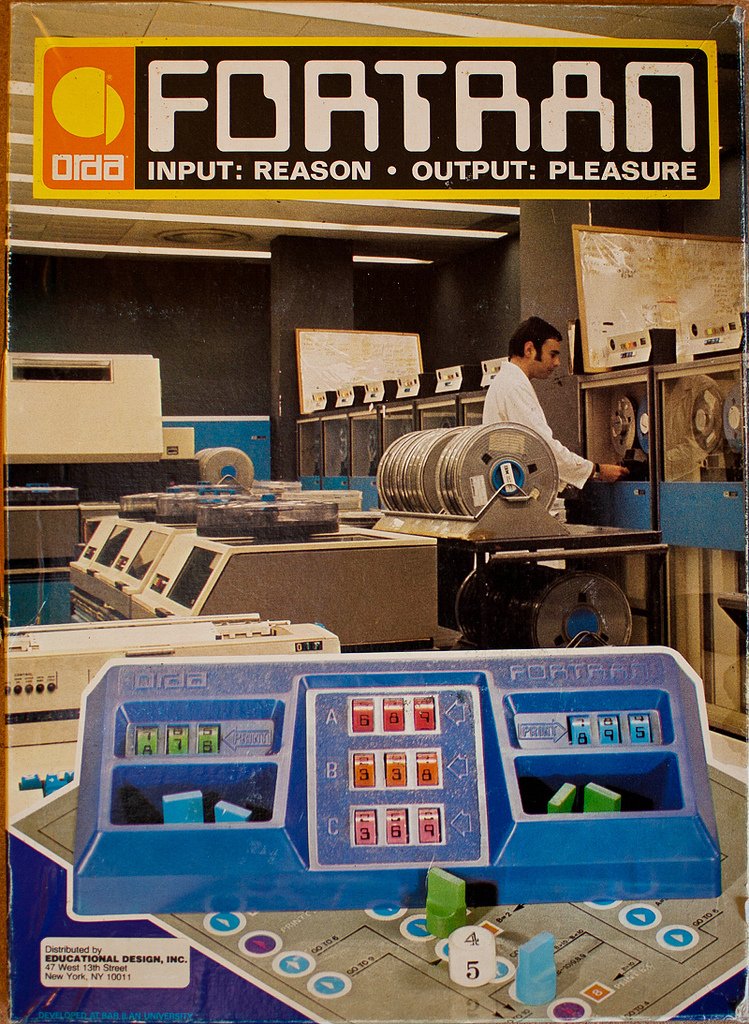In mid-January, residents of Ontario were woken up by an emergency alert from the Provincial Emergency Operations Center (PEOC), the provincial government agency that "is mandated to plan and coordinate the offsite response to a nuclear or radiological emergency." The alert referred to an an unspecified incident at the Pickering Nuclear Generating Station and advised people to wait for further instructions. It quickly became apparent that the alert was issued in error, but it took almost two hours for an all-clear message to be issued. The incident resulted in a judicial inquiry and
you can read their report here.
This is one of several parts that jumped out at me when I read it.
The PEOC only maintained templates with pre-scripted messaging for nuclear alerts. The Provincial Nuclear Emergency Response Plan (PNERP) required that nuclear emergency bulletins be pre-scripted for each reactor facility and notification category, as far as practical. The alert issued in error included a pre-scripted template maintained by the PEOC for the Pickering Nuclear Generating Station.
The PEOC did not have a pre-scripted template for an “End Alert” message on January 12, 2020.
Both PEOC alerts sent on January 12, 2020 were issued in English only. The PEOC did not have any French language templates. The PEOC did not initiate emergency translation procedures to issue either alert in French.
Identical pre-scripted templates were used on both the Alert Ready live and training systems. No distinctive labelling such as “EXERCISE, EXERCISE, EXERCISE…” was used on the training system.
Having worked as a technical writer, documenting emergency procedures for a large, complex system, I took one look at their report and went "OMG, who wrote those procedures". The flaws were immediately obvious to anyone who has had any experience with, or training in, process and procedures for handling systems failures. Good communication is a key part in responding to any disaster, and this is a classic example of how to mess it up.
I have to assume that the actual nuclear plant operating procedures are better. Given the plant hasn't melted down yet, I think that's a reasonable assumption. (Also I know who worked on documenting those procedures, and they are extremely competent).
In the interests of transparency, I should note that I live within a couple of kilometers of the plant, and any problems with the plant are a matter of no little concern.










